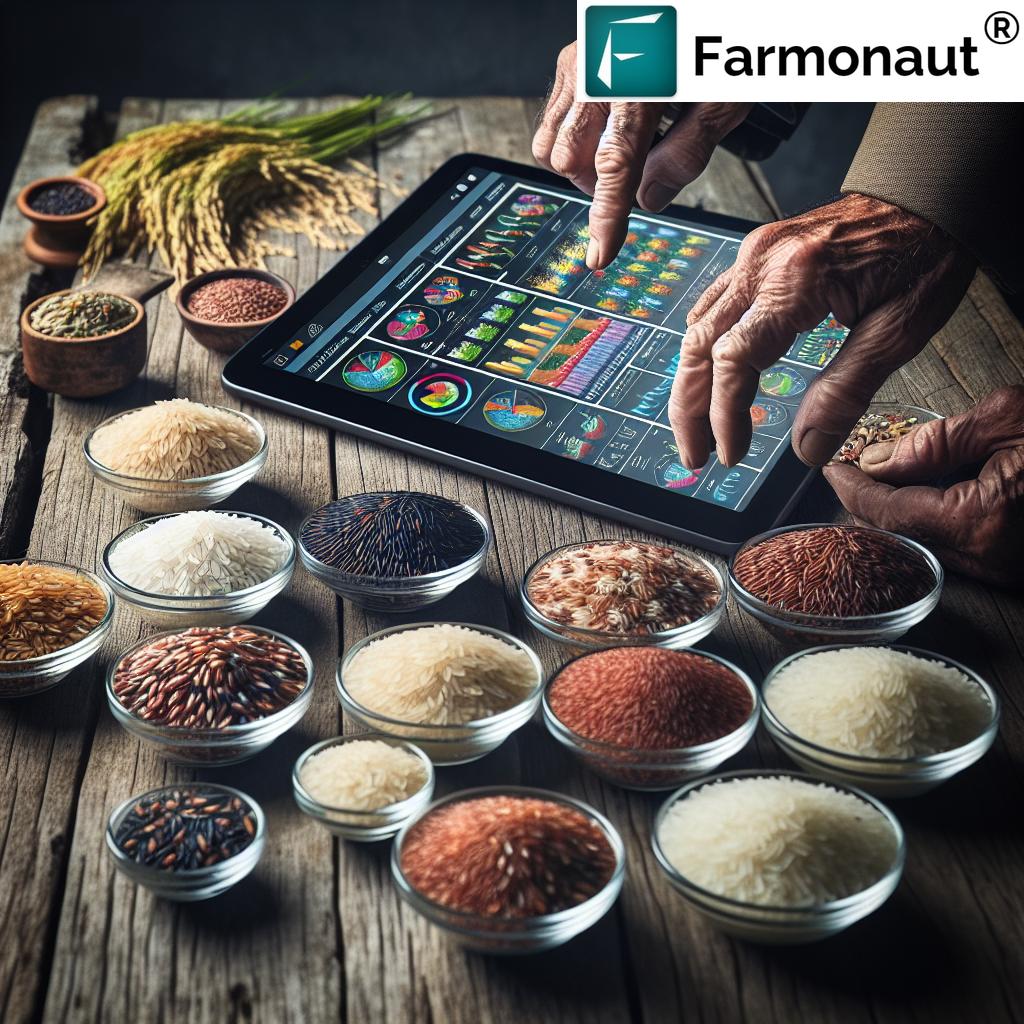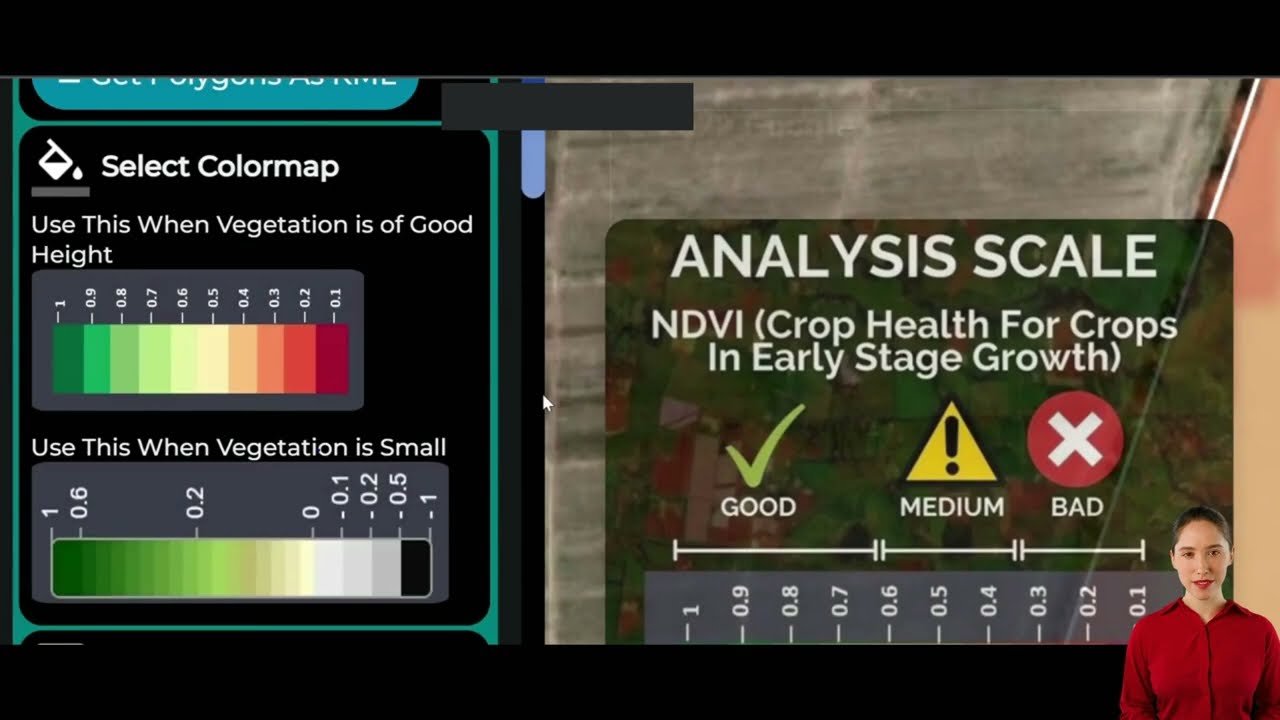Unlocking the Secrets of Basmati Rice: From India’s Fields to Global Plates
“Basmati rice exports contribute over $4 billion annually to India’s economy, making it a major global player.”
Welcome to our comprehensive exploration of the aromatic world of basmati rice! In this journey, we’ll delve into the rich history, unique characteristics, and global significance of this beloved grain. From its origins in the fertile plains of India to its place on dinner tables worldwide, basmati rice has captivated food enthusiasts and health-conscious consumers alike.
As we embark on this informative adventure, we’ll uncover the secrets behind basmati’s distinct fragrance, explore its nutritional benefits, and examine the intricate processes involved in its cultivation and production. Whether you’re a culinary expert or simply curious about this staple food, join us as we unlock the mysteries of basmati rice!
The Origins and History of Basmati Rice
Basmati rice, often referred to as the “prince of rice,” has a rich history deeply rooted in the Indian subcontinent. The word “basmati” itself is derived from Hindi, meaning “fragrant” or “full of aroma.” This perfectly describes the distinct characteristic that sets basmati apart from other rice varieties.
Originating in the foothills of the Himalayas, basmati rice has been cultivated for thousands of years in regions spanning across northern India and parts of Pakistan. The unique climate and soil conditions of these areas contribute to the development of basmati’s signature long grains and aromatic properties.

Basmati Rice Varieties: A Diverse Array of Aromatic Grains
When it comes to basmati rice varieties, the options are as diverse as they are delicious. Let’s explore some of the most popular types:
- Traditional White Basmati: Known for its long, slender grains and nutty flavor, this is the most common variety.
- Brown Basmati: A healthier alternative with a chewier texture and higher nutritional value due to the intact bran layer.
- Aged Basmati: Prized for its intensified aroma and flavor, this variety is aged for several months or even years.
- Sella Basmati: Parboiled before milling, resulting in a firmer texture and higher retention of nutrients.
Each of these basmati rice varieties offers a unique combination of texture, flavor, and aroma, catering to different culinary preferences and nutritional needs.
Nutritional Profile: The Health Benefits of Basmati Rice
Basmati rice isn’t just delicious; it’s also packed with essential nutrients that contribute to a balanced diet. Let’s break down the nutritional profile of this aromatic grain:
- Complex Carbohydrates: Provides sustainable energy throughout the day.
- Low to Medium Glycemic Index: Helps in better blood sugar control compared to other rice varieties.
- Essential Vitamins and Minerals: Contains B vitamins, iron, and small amounts of zinc and potassium.
- Fiber Content: Especially in brown basmati, supporting digestive health.
It’s worth noting that the nutritional content can vary slightly between white and brown basmati rice, with brown rice generally offering higher fiber and nutrient content due to its intact bran layer.
The Art of Cultivating Basmati Rice
Cultivating the perfect basmati rice is a meticulous process that requires expertise, patience, and optimal environmental conditions. Let’s explore the journey from seed to harvest:
- Seed Selection: Farmers carefully choose high-quality basmati seeds, often passed down through generations.
- Land Preparation: Fields are leveled and flooded to create the ideal paddy environment.
- Planting: Seeds are either directly sown or transplanted from nurseries in neat rows.
- Water Management: Precise irrigation techniques ensure the right amount of water throughout the growing season.
- Fertilization: Balanced nutrients are applied to promote healthy growth and grain development.
- Pest and Disease Control: Farmers employ various methods, including sustainable practices, to protect the crop.
- Harvesting: The rice is harvested when the grains reach full maturity, usually in late summer or early fall.
The entire process typically takes about 4-5 months from planting to harvest, with farmers closely monitoring the crop’s progress throughout this period.
Precision Agriculture: Revolutionizing Basmati Rice Farming
In recent years, precision agriculture has emerged as a game-changer in basmati rice cultivation. By leveraging advanced technologies, farmers can optimize their crop management practices, leading to improved yields and more sustainable farming methods.
One company at the forefront of this agricultural revolution is Farmonaut. Their innovative platform offers satellite-based farm management solutions that are transforming the way basmati rice is cultivated.
Key features of precision agriculture for basmati rice farming include:
- Satellite Imagery: Provides real-time insights into crop health and field conditions.
- AI-Powered Advisory: Offers personalized recommendations for optimal crop management.
- Weather Forecasting: Helps farmers make informed decisions about irrigation and harvesting.
- Resource Optimization: Enables efficient use of water, fertilizers, and other inputs.
By adopting these advanced techniques, basmati rice farmers can not only increase their yields but also contribute to more sustainable agricultural practices.
The Rice Milling Process: From Paddy to Polished Grains
“The rice milling process can remove up to 10% of the grain’s nutrients, affecting both texture and nutritional value.”
Once harvested, basmati rice undergoes a series of processing steps to transform it from raw paddy into the polished grains we see on store shelves. Let’s walk through this fascinating journey:
- Cleaning: The harvested paddy is cleaned to remove debris, stones, and other impurities.
- Hulling: The outer husk is removed, revealing the brown rice kernel.
- Milling: For white basmati, the bran layer and germ are removed through polishing.
- Grading: Rice grains are sorted based on size and quality.
- Packaging: The processed rice is packaged for distribution and sale.
It’s important to note that each step in the milling process can affect the final product’s texture, flavor, and nutritional content. For example, brown basmati rice, which retains its bran layer, offers a chewier texture and higher nutrient content compared to its white counterpart.
Global Rice Production: Basmati’s Place in the World Market
Basmati rice holds a special place in the global rice market, renowned for its premium quality and distinctive aroma. Let’s examine the key players and trends in basmati rice production and export:
- India: The world’s largest producer and exporter of basmati rice.
- Pakistan: Another significant producer, known for its unique basmati varieties.
- Global Demand: Growing popularity in the Middle East, Europe, and North America.
- Export Value: Basmati commands premium prices in international markets.
While basmati rice represents a small percentage of global rice production, its economic impact is substantial, particularly for countries like India and Pakistan.
Sustainable Rice Cultivation: Balancing Tradition and Innovation
As the demand for basmati rice continues to grow, so does the need for sustainable cultivation practices. Farmers and agricultural experts are exploring various methods to reduce environmental impact while maintaining the grain’s quality:
- Water Conservation: Implementing efficient irrigation systems to reduce water usage.
- Organic Farming: Adopting chemical-free cultivation methods for healthier crops and soils.
- Crop Rotation: Alternating rice with other crops to maintain soil fertility.
- Precision Agriculture: Using technology to optimize resource use and reduce waste.
Companies like Farmonaut are playing a crucial role in promoting sustainable rice cultivation through their advanced farm management solutions. By providing farmers with real-time data and AI-powered insights, these technologies enable more efficient and environmentally friendly farming practices.
Cooking with Basmati: Tips and Techniques
Preparing the perfect pot of basmati rice is an art form in itself. Here are some tips to help you achieve fluffy, aromatic results every time:
- Rinsing: Wash the rice thoroughly to remove excess starch and any impurities.
- Soaking: Let the rice soak for 30 minutes to an hour before cooking for better texture.
- Water Ratio: Use a 1:1.5 ratio of rice to water for optimal results.
- Cooking Method: Whether using a pot, rice cooker, or pressure cooker, avoid stirring during cooking.
- Resting: Allow the cooked rice to rest for 5-10 minutes before fluffing with a fork.
Remember, different basmati rice varieties may require slight adjustments to these guidelines. Experiment to find the perfect method for your preferred type of basmati.
Basmati Rice in Global Cuisines
While basmati rice is a staple in Indian and Pakistani cuisines, its popularity has spread worldwide. Let’s explore how this aromatic grain is used in various culinary traditions:
- Indian Cuisine: Essential in dishes like biryani, pulao, and as a side for curries.
- Middle Eastern Cuisine: Often used in pilafs and as a base for meat and vegetable dishes.
- Western Cuisine: Increasingly popular as a gourmet alternative to other rice varieties.
- Fusion Cooking: Incorporated into innovative dishes that blend culinary traditions.
The versatility of basmati rice makes it a favorite among chefs and home cooks alike, adapting well to a wide range of flavors and cooking styles.

The Future of Basmati Rice: Challenges and Opportunities
As we look to the future, the basmati rice industry faces both challenges and exciting opportunities:
- Climate Change: Adapting cultivation practices to changing weather patterns.
- Genetic Preservation: Protecting traditional basmati varieties from genetic dilution.
- Market Competition: Maintaining quality standards in a competitive global market.
- Technological Advancements: Embracing innovations like those offered by Farmonaut for improved crop management.
By addressing these challenges and leveraging new technologies, the basmati rice industry can ensure a sustainable and prosperous future.
Basmati Rice Varieties Comparison
| Variety Name | Origin | Grain Length | Aroma Intensity (1-5) | Cooking Time (min) | Nutritional Highlights | Culinary Uses | Sustainable Farming Practices |
|---|---|---|---|---|---|---|---|
| Pusa Basmati 1121 | India | Extra Long | 4 | 15-20 | High in fiber, low GI | Biryani, Pulao | Water-saving irrigation |
| Taraori Basmati | India | Long | 5 | 18-22 | Rich in B vitamins | Pilaf, Risotto | Organic cultivation |
| Super Basmati | Pakistan | Long | 4 | 15-18 | Good source of minerals | Curry accompaniment | Crop rotation |
| Brown Basmati | Various | Long | 3 | 25-30 | High in fiber and nutrients | Health-conscious dishes | Minimal processing |
Frequently Asked Questions
- What makes basmati rice unique?
Basmati rice is known for its long, slender grains, distinctive aroma, and fluffy texture when cooked. - Is basmati rice healthier than other rice varieties?
Basmati rice, especially brown basmati, offers several health benefits due to its lower glycemic index and higher fiber content compared to some other rice varieties. - How can I tell if I’m buying authentic basmati rice?
Look for long, slender grains with a slight curve. Authentic basmati should have a strong, nutty aroma and often comes from specific regions in India or Pakistan. - Can basmati rice be used in all rice dishes?
While basmati can be versatile, its unique flavor and texture make it best suited for certain dishes, particularly those from Indian, Middle Eastern, and some Western cuisines. - How is technology changing basmati rice farming?
Advanced technologies like satellite imaging and AI-powered platforms, such as those offered by Farmonaut, are revolutionizing basmati rice farming by providing precise crop management tools and insights.
Conclusion: The Enduring Legacy of Basmati Rice
As we conclude our journey through the world of basmati rice, it’s clear that this aromatic grain is much more than just a food staple. It’s a testament to centuries of agricultural tradition, a cornerstone of culinary excellence, and a crop that continues to evolve with modern farming practices.
From the lush fields of India to dining tables across the globe, basmati rice has captivated hearts and palates with its unique flavor, aroma, and versatility. As we look to the future, the integration of advanced technologies like those provided by Farmonaut promises to ensure the sustainable cultivation of this beloved grain for generations to come.
Whether you’re a farmer leveraging precision agriculture techniques, a chef crafting exquisite dishes, or simply a food lover enjoying a fragrant bowl of basmati, you’re part of a rich tapestry that spans cultures and continents. The story of basmati rice is one of tradition meeting innovation, of local roots spreading global branches, and of a humble grain that continues to make a significant impact on agriculture, cuisine, and culture worldwide.
As we embrace the future of basmati rice cultivation and consumption, let’s appreciate the delicate balance between preserving tradition and adopting innovation. With sustainable practices, technological advancements, and a deep respect for this extraordinary grain, the legacy of basmati rice is sure to endure and flourish for many years to come.
For those interested in leveraging cutting-edge technology for rice cultivation or other agricultural endeavors, explore Farmonaut’s API and API Developer Docs for advanced satellite and weather data integration.




















